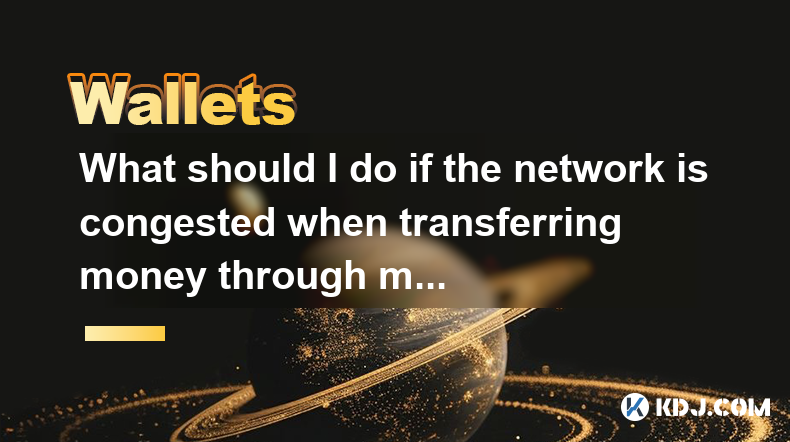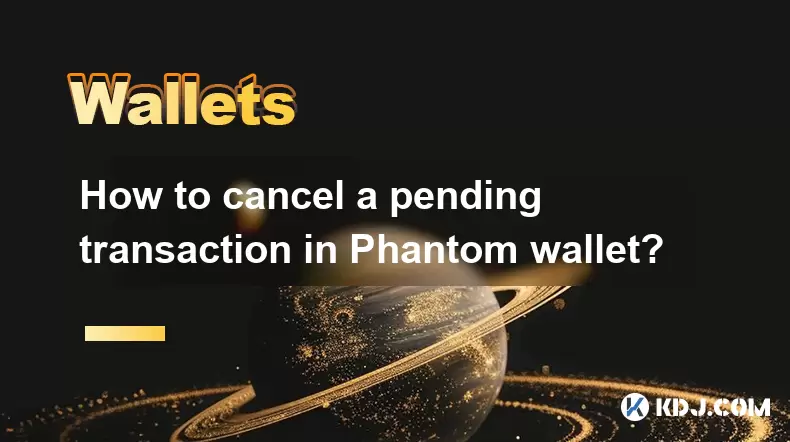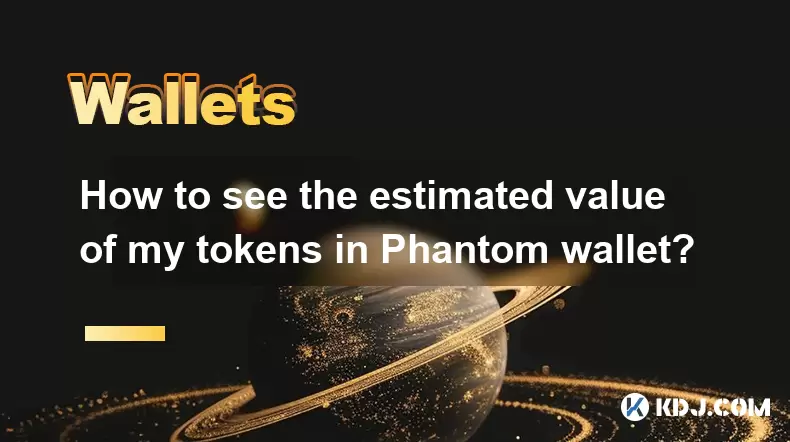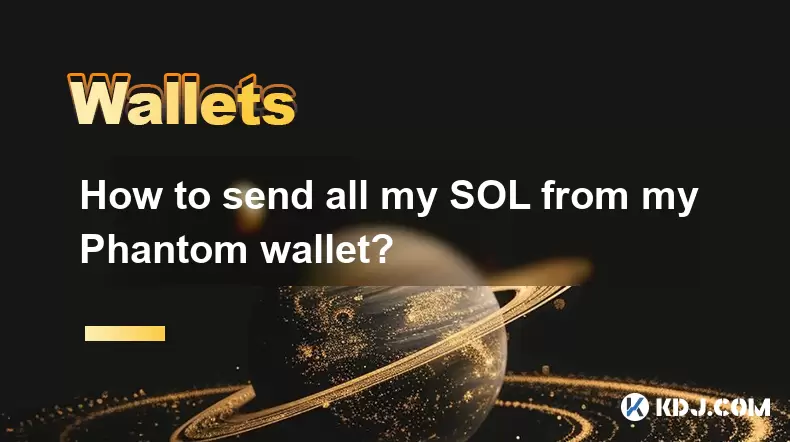-
 Bitcoin
Bitcoin $108,708.8110
0.60% -
 Ethereum
Ethereum $2,561.6057
1.91% -
 Tether USDt
Tether USDt $1.0001
-0.03% -
 XRP
XRP $2.2795
0.57% -
 BNB
BNB $662.2393
1.00% -
 Solana
Solana $153.1346
3.74% -
 USDC
USDC $1.0000
0.00% -
 TRON
TRON $0.2877
0.97% -
 Dogecoin
Dogecoin $0.1710
3.93% -
 Cardano
Cardano $0.5871
1.61% -
 Hyperliquid
Hyperliquid $39.6663
1.68% -
 Sui
Sui $2.9032
0.79% -
 Bitcoin Cash
Bitcoin Cash $496.1879
1.71% -
 Chainlink
Chainlink $13.5807
3.01% -
 UNUS SED LEO
UNUS SED LEO $9.0777
0.61% -
 Stellar
Stellar $0.2514
4.51% -
 Avalanche
Avalanche $18.1761
1.86% -
 Shiba Inu
Shiba Inu $0.0...01173
1.72% -
 Toncoin
Toncoin $2.8010
-4.23% -
 Hedera
Hedera $0.1594
3.21% -
 Litecoin
Litecoin $87.0257
-0.53% -
 Monero
Monero $319.1217
1.79% -
 Polkadot
Polkadot $3.3853
0.68% -
 Dai
Dai $0.9999
-0.01% -
 Ethena USDe
Ethena USDe $1.0003
0.02% -
 Bitget Token
Bitget Token $4.3420
-0.97% -
 Uniswap
Uniswap $7.3772
1.39% -
 Aave
Aave $286.6277
5.61% -
 Pepe
Pepe $0.0...09994
2.33% -
 Pi
Pi $0.4589
1.76%
What should I do if the network is congested when transferring money through my Ethereum wallet?
Ethereum network congestion causes high gas fees and slow transactions. Solutions include waiting, increasing gas fees, using Layer-2 solutions like Polygon, choosing off-peak hours, batching transactions, or using alternative blockchains.
Mar 23, 2025 at 03:28 pm

What Should I Do if the Network is Congested When Transferring Money Through My Ethereum Wallet?
Ethereum network congestion is a common issue, particularly during periods of high transaction volume. This can lead to significantly increased transaction fees (gas fees) and slower confirmation times. Understanding the causes and potential solutions is crucial for navigating these situations effectively.
One of the primary causes of network congestion is the sheer number of transactions being processed simultaneously. Popular decentralized applications (dApps), NFT mints, and large-scale token sales all contribute to this surge in activity. Another contributing factor is the inherent limitations of the Ethereum blockchain's current architecture, which is being addressed by the transition to Ethereum 2.0.
So, what can you do when faced with this frustrating scenario? Several options exist, each with its own trade-offs:
- Wait it out: The simplest solution is often to wait for the network congestion to subside. This might mean delaying your transaction for several hours or even a day, depending on the severity of the congestion. Monitor gas fees using a gas tracking website; they'll usually drop during less busy periods.
- Increase the gas fee: You can offer a higher gas fee to incentivize miners to prioritize your transaction. This guarantees faster processing, but it comes at a higher cost. Be mindful of setting a reasonable gas fee; excessively high fees are unnecessary and wasteful. Use a gas fee estimator to determine a competitive yet reasonable fee.
- Choose a less congested time: Transaction fees and processing times often fluctuate throughout the day. Experiment with sending transactions during off-peak hours to potentially experience lower fees and faster confirmation times. Many gas tracking tools provide historical data to assist with this.
- Use a Layer-2 scaling solution: Layer-2 solutions like Polygon, Optimism, and Arbitrum operate on top of the Ethereum network, significantly reducing transaction fees and improving speed. These solutions bundle multiple transactions into a single, more efficient transaction on the main Ethereum chain. This requires transferring your assets to the Layer-2 network first, but this is usually a straightforward process.
- Batch your transactions: If you need to send multiple transactions, consider batching them together. This can reduce the overall gas fees compared to sending each transaction individually. Several tools and wallets facilitate this process, making it more efficient.
- Consider alternative blockchains: If your transaction isn't time-sensitive and doesn't require the Ethereum network specifically, consider using an alternative blockchain with lower transaction fees and faster confirmation times. Many projects are building on more scalable networks to avoid Ethereum's congestion issues.
Understanding the factors influencing gas fees is also critical. These fees are dynamic and are determined by supply and demand. High demand leads to higher gas prices, while low demand results in lower prices. The complexity of your transaction also impacts gas fees; more complex transactions require more computational power and therefore higher fees.
Common Questions and Answers:
Q: What is a gas fee?
A: A gas fee is the transaction fee paid to miners on the Ethereum network for processing your transaction. It's expressed in Gwei, a denomination of Ether.
Q: How can I monitor gas fees?
A: Several websites and tools provide real-time gas fee data, allowing you to track current prices and anticipate potential fluctuations. Popular options include Etherscan and various gas fee trackers.
Q: What is a Layer-2 solution?
A: Layer-2 solutions are protocols that operate on top of the Ethereum blockchain to improve scalability and reduce transaction costs. They handle transactions off-chain, relieving congestion on the main network.
Q: Why is my Ethereum transaction taking so long?
A: High network congestion is the most common reason. The Ethereum network has a limited capacity for processing transactions simultaneously. High transaction volume leads to delays.
Q: Is there a way to completely avoid high gas fees?
A: Not entirely. High gas fees are a consequence of network congestion. However, utilizing strategies like Layer-2 solutions, off-peak transaction times, and adjusting gas fees can significantly mitigate the impact.
Q: What is the difference between Gwei and Ether?
A: Ether (ETH) is the native cryptocurrency of the Ethereum blockchain. Gwei is a smaller unit of Ether (1 Gwei = 0.000000001 ETH), commonly used to express gas fees.
Q: Can I cancel a pending transaction?
A: Not directly. Once a transaction is broadcast to the network, you cannot simply cancel it. However, you can replace it with a new transaction with a higher gas fee, which will likely supersede the older, slower transaction.
Q: What is Ethereum 2.0 and how will it help?
A: Ethereum 2.0 is a major upgrade to the Ethereum network designed to improve scalability, security, and efficiency. It will address network congestion issues through various architectural changes.
Disclaimer:info@kdj.com
The information provided is not trading advice. kdj.com does not assume any responsibility for any investments made based on the information provided in this article. Cryptocurrencies are highly volatile and it is highly recommended that you invest with caution after thorough research!
If you believe that the content used on this website infringes your copyright, please contact us immediately (info@kdj.com) and we will delete it promptly.
- Ripple, XRP, and AI Tokens: Is Ruvi AI the Next Big Thing?
- 2025-07-08 05:30:12
- Crypto Investment: BlockDAG, Litecoin, and the Solana Meme Coin Mania
- 2025-07-08 06:10:12
- Altcoins in Focus: BlockDAG, Litecoin, and the Shifting Crypto Landscape
- 2025-07-08 05:35:12
- BNB's Bullish Breakout: Riding the $600 Support Level Wave
- 2025-07-08 04:55:13
- Solana ETF on Hold: SEC Delay and Crypto Regulation Scrutiny
- 2025-07-08 06:10:12
- Altcoin, Date, Price: Navigating the Crypto Bill & Meme Coin Mania
- 2025-07-08 06:15:12
Related knowledge

How to cancel a pending transaction in Phantom wallet?
Jul 03,2025 at 07:21pm
Understanding Pending Transactions in Phantom WalletA pending transaction in the Phantom wallet occurs when a user initiates a transfer or interaction with the Solana blockchain, but it hasn't yet been confirmed by the network. This can happen due to various reasons such as low transaction fees, network congestion, or incorrect gas settings. It's import...

How to see the estimated value of my tokens in Phantom wallet?
Jul 04,2025 at 12:21am
What is Phantom Wallet?Phantom wallet is one of the most popular cryptocurrency wallets designed for the Solana blockchain. It allows users to store, send, receive, and manage various tokens built on Solana, including SPL tokens and NFTs. The wallet offers a user-friendly interface, making it accessible for both beginners and advanced users in the crypt...

How to lock my Phantom wallet extension?
Jul 03,2025 at 11:14am
What Is the Phantom Wallet and Why Lock It?The Phantom wallet is a popular non-custodial cryptocurrency wallet designed for interacting with the Solana blockchain. Supporting both browser extensions and mobile apps, Phantom allows users to store, send, receive, and stake SOL tokens, as well as interact with decentralized applications (dApps). Securing y...

Does Phantom wallet offer two-factor authentication (2FA)?
Jul 03,2025 at 09:00am
Understanding Phantom Wallet and Its Security FeaturesPhantom wallet is a widely used non-custodial cryptocurrency wallet that supports the Solana blockchain. It allows users to store, send, receive, and interact with decentralized applications (dApps) seamlessly. As security is a top priority for any crypto wallet user, security features like two-facto...

How to send all my SOL from my Phantom wallet?
Jul 06,2025 at 10:00am
Preparing to Send SOL from Your Phantom WalletBefore initiating any transaction, it is crucial to ensure that your Phantom wallet is fully set up and connected to the correct network. Phantom supports multiple networks, but for sending SOL, you must be on the Solana blockchain. Confirm this by checking the network indicator in the top-right corner of th...

What is "rent" on Solana and how does it affect my Phantom wallet?
Jul 02,2025 at 08:35pm
Understanding 'Rent' on SolanaIn the context of Solana, the term 'rent' refers to a storage fee that users pay for maintaining data on the blockchain. Unlike Ethereum, where storage costs are paid once via gas fees during contract deployment, Solana implements a recurring cost model to ensure efficient usage of network resources. This means that any acc...

How to cancel a pending transaction in Phantom wallet?
Jul 03,2025 at 07:21pm
Understanding Pending Transactions in Phantom WalletA pending transaction in the Phantom wallet occurs when a user initiates a transfer or interaction with the Solana blockchain, but it hasn't yet been confirmed by the network. This can happen due to various reasons such as low transaction fees, network congestion, or incorrect gas settings. It's import...

How to see the estimated value of my tokens in Phantom wallet?
Jul 04,2025 at 12:21am
What is Phantom Wallet?Phantom wallet is one of the most popular cryptocurrency wallets designed for the Solana blockchain. It allows users to store, send, receive, and manage various tokens built on Solana, including SPL tokens and NFTs. The wallet offers a user-friendly interface, making it accessible for both beginners and advanced users in the crypt...

How to lock my Phantom wallet extension?
Jul 03,2025 at 11:14am
What Is the Phantom Wallet and Why Lock It?The Phantom wallet is a popular non-custodial cryptocurrency wallet designed for interacting with the Solana blockchain. Supporting both browser extensions and mobile apps, Phantom allows users to store, send, receive, and stake SOL tokens, as well as interact with decentralized applications (dApps). Securing y...

Does Phantom wallet offer two-factor authentication (2FA)?
Jul 03,2025 at 09:00am
Understanding Phantom Wallet and Its Security FeaturesPhantom wallet is a widely used non-custodial cryptocurrency wallet that supports the Solana blockchain. It allows users to store, send, receive, and interact with decentralized applications (dApps) seamlessly. As security is a top priority for any crypto wallet user, security features like two-facto...

How to send all my SOL from my Phantom wallet?
Jul 06,2025 at 10:00am
Preparing to Send SOL from Your Phantom WalletBefore initiating any transaction, it is crucial to ensure that your Phantom wallet is fully set up and connected to the correct network. Phantom supports multiple networks, but for sending SOL, you must be on the Solana blockchain. Confirm this by checking the network indicator in the top-right corner of th...

What is "rent" on Solana and how does it affect my Phantom wallet?
Jul 02,2025 at 08:35pm
Understanding 'Rent' on SolanaIn the context of Solana, the term 'rent' refers to a storage fee that users pay for maintaining data on the blockchain. Unlike Ethereum, where storage costs are paid once via gas fees during contract deployment, Solana implements a recurring cost model to ensure efficient usage of network resources. This means that any acc...
See all articles

























































































